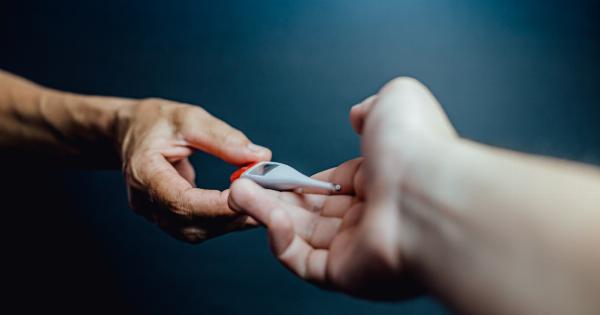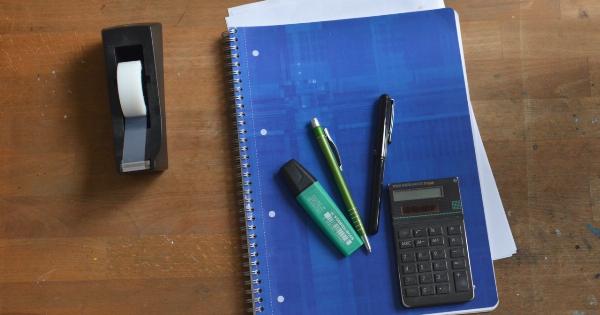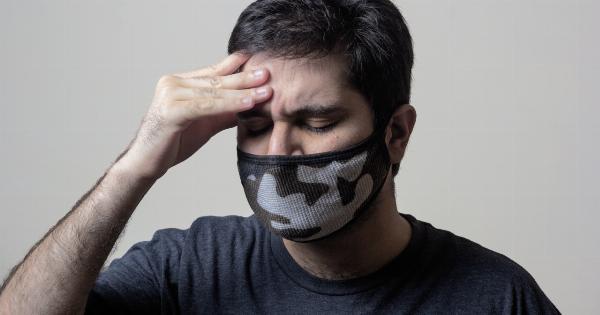One of the primary steps to keeping your esophagus safe and healthy is to avoid trigger foods. These are foods that can trigger or worsen acid reflux, which can damage the lining of your esophagus over time.
Common trigger foods include spicy foods, citrus fruits, tomatoes, chocolate, caffeine, carbonated drinks, and fatty or fried foods. By eliminating or reducing your intake of these foods, you can help protect your esophagus from potential damage.
Step 2: Eat Smaller, More Frequent Meals
Eating large meals can put added pressure on your lower esophageal sphincter (LES), the muscle that keeps stomach acid from flowing back into the esophagus. This can increase your risk of acid reflux and damage to the esophagus.
Instead, opt for smaller, more frequent meals throughout the day. This will help prevent excessive pressure on the LES and reduce the likelihood of acid reflux episodes.
Step 3: Maintain a Healthy Weight
Being overweight or obese puts extra pressure on your abdomen, which can force stomach acid up into the esophagus. This can irritate and damage the esophageal lining over time.
To keep your esophagus safe and healthy, it’s important to maintain a healthy weight through a balanced diet and regular exercise.
Step 4: Quit Smoking
Smoking not only increases the risk of various health conditions, but it can also damage your esophagus. Smoking weakens the LES, allowing stomach acid to flow back into the esophagus more easily.
It also reduces saliva production, which helps neutralize acid in the esophagus. Quitting smoking is crucial for not only your overall health but also for the well-being of your esophagus.
Step 5: Avoid Alcohol and Limit Caffeine
Alcohol and caffeine can both contribute to acid reflux and damage to the esophagus. Alcohol can weaken the LES, leading to increased acid reflux. Caffeine, found in coffee, tea, and some carbonated drinks, can also relax the LES and promote acid reflux.
It’s best to avoid excessive alcohol consumption and limit your caffeine intake to protect your esophagus.
Step 6: Practice Good Posture
Poor posture can contribute to acid reflux and increase the risk of esophageal damage. Slouching puts pressure on the abdomen, potentially forcing stomach acid back into the esophagus.
To keep your esophagus safe and healthy, maintain good posture while sitting or standing. Sit up straight, and avoid slumping or bending over after meals.
Step 7: Avoid Eating Right Before Bed
Lying down immediately after eating can allow stomach acid to flow back into the esophagus more easily, causing acid reflux. To prevent this, avoid eating large meals close to bedtime.
Try to have your last meal or snack at least two to three hours before lying down. This allows enough time for your stomach to digest food properly and reduces the risk of acid reflux while you sleep.
Step 8: Elevate the Head of Your Bed
Raising the head of your bed by around six to eight inches can help prevent acid reflux during sleep. Gravity works against stomach acid, keeping it where it belongs – in your stomach.
Elevating your upper body can help keep the acid from flowing back into the esophagus, reducing the risk of esophageal damage.
Step 9: Manage Stress Levels
Chronic stress can contribute to acid reflux and increase the risk of esophageal damage. When you’re stressed, your body produces more stress hormones, which can affect your digestive system and increase the production of stomach acid.
To keep your esophagus safe and healthy, practice stress management techniques such as deep breathing, meditation, yoga, or engaging in hobbies and activities that help you relax.
Step 10: Get Regular Check-ups
Regular check-ups with your healthcare provider are crucial for identifying any potential issues with your esophagus early on. They can recommend appropriate screenings and diagnostic tests, such as endoscopy, to assess the health of your esophagus.
Early detection and treatment of any problems can help prevent further damage and ensure the long-term health of your esophagus.






























